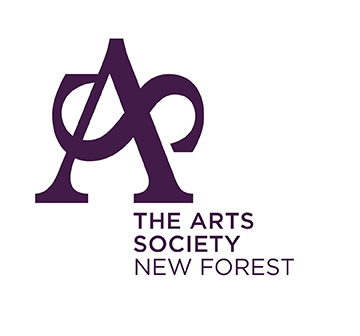Bruegel -Peasants, Proverbs and Landscapes –
a lecture by Paula Nuttall 13/3/23

Paula began her very interesting lecture by sharing with us a riddle about Bruegel’s painting ‘The Monkeys ‘ which depicts two monkeys in an arch in front of Antwerp – the question asked is ‘Why did he paint it?’ Antwerp at the time was very important so was it to advertise that you can buy anything in Antwerp or was it an intellectual pun ‘aping’ nature ? or, as the monkeys were chained was it a political statement as they were undergoing major political upheavals?
Another of his paintings which may have had a political message or a visual metaphor for Antwerp was The Tower of Babel painted in 1563
The painting contains so much detail- the construction of the arches, the people working and the brickwork. . The use of paint shows what a brilliant painter he was- almost impressionist in style.
In the ‘Census at Bethlehem’ note up above the window of the inn are the Hapsburg Arms and the Holy family are front centre , but you have to work to find them just as you have to work in your religion. It shows just how complex Bruegel was as a painter.

Bruegel starts as a graphic artist as demonstrated with his pictures of ordinary people demonstrating proverbs 
‘Banging Your Head on a Brick Wall’
and ‘Roses before Swine’
In 1552 Bruegel was sent to Italy and spent a lot of time drawing landscapes and his ‘Flight Into Egypt’ – which is glorious rather than fantasy- is influenced by his travels in Italy.
At this time landscapes still needed figures in them.

Bruegel painted a series of six works called ‘Labours of Months – the 6th one – late Spring – however disappeared in the 17th century. The painting above is ‘Early Spring’ and shows how blustery and tempestuous it was.
Late summer divides the picture in half and thereby directs our eye to the people.
In “Winter’ like the others Bruegel paints from a high viewpoint. It also shows his love of pattern and line where the line of the hill is punctuated by upright trees.

Bruegel was also famous for painting peasants as in ‘Peasant Dance’ and note the couple rushing in to dance. 
Smart arty folk would go into the country to watch the peasants ! Bruegel was painting for the wealthy city folk who would possibly want to observe and mock the peasants.
The ‘Peasant Wedding’ shows the lack of good table manners and the man about to spill food, and this leads our eye to the bride who is sitting in front of green fabric which compares to the rich fabric of the wealthy.
One of Bruegel’s most beautiful paintings was `’Blind leading the Blind’ in which Bruegel dressed the men as pilgrims in a downward falling line and through the break can be seen a church – the only stable thing and we ask the question – is it about spiritual blindness?Unlike his other work this painting was watercolour on canvas and not oil on wood. 
One of Bruegel’s last paintings ‘The Magpie on the Gallows’ is a very enigmatic work.
The magpies represent gossips on the gallows showing that bad things happen. That they are dancing under the gallows shows that they have thrown care to the winds. ( even going to the toilet under the gallows,)
Bruegel was painting in a world in which you had to be careful what you said – so we are led to wonder whether his paintings were covert messages.
He died young – in his 40s. On his deathbed he asked his wife to destroy many of his drawings to safeguard her. His two sons became painters
Paula ended her illuminating lecture ended with this drawing showing Bruegel’s probable view of the art world.

‘ The Artist and the Connoisseur – a self portrait showing him looking rather irritated and the connoisseur ( or buyer ) looking annoying!
Thank you Paula for showing us the depth of Bruegel’s paintings.
